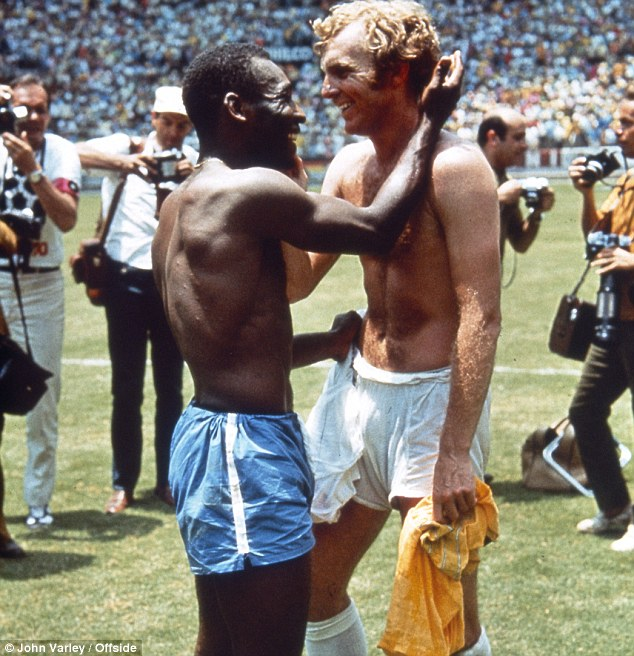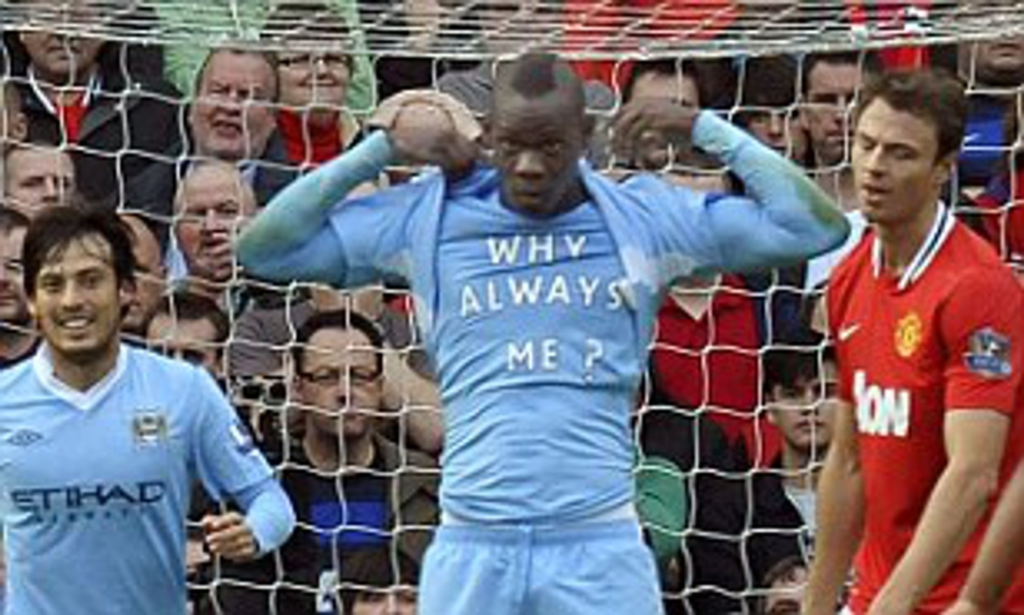Unlike fans, soccer players rarely get the chance to enjoy the sport at certain levels since to them, matches are just another day at the office. Even when they do get the opportunity to watch matches, they almost never do so as spectators but as students of the game to either scout their opponents and devise countermeasures against them or to learn a skill that they can add to their arsenal. There are however a few traditions that are only unique to players and allow them to partake in the global spectacle outside their job descriptions. Chief among them is the practice of exchanging jerseys, which has almost become a norm over the years.
Why do soccer players exchange jerseys? Soccer players mostly exchange jerseys for two main reasons – as a show of mutual respect and civility between peers or as a memento of a match where a jersey becomes a symbolic item to remember the fixture or a certain player by. Soccer players have also been known to exchange jerseys in support of the other player’s or each other’s charities where a jersey may be sold at auction and the proceeds donated to a noble cause.

Where It Started
Most football historians believe that the time-honored tradition of exchanging jerseys was birthed at a friendly match between England and France on May 14 1931 in Colombes, France – a match that the hosts, France, won 5-2. In order to understand the reason for the beginning of the culture, one needs to appreciate the significance of the victory.
Prior to the fixture, the two national teams had met on six other occasions which all went England’s way by a combined score of 25-6. From the score, anyone can tell that the fixtures were largely one-sided with France not managing to score more than two goals before that historic clash in mid-May.
To mark the unexpected outcome, French players requested their English counterparts to exchange jerseys so that they could have mementos of the occasion – a request the guests accepted. Looking back, the move was a wise decision on the French players’ part since their side’s next win over England came a full 24 years later.
In as much as the above-mentioned clash is largely credited for starting the trend, England’s historic match against Brazil at the 1970 World Cup is considered by many to be the fixture that popularized it and made it a then-unwritten norm and ritual for players after a match.
The match is seldom remembered for having ended 1-0 in favor of eventual World Cup winners Brazil. Rather, it is etched in the annals of football history for the jersey exchange and embrace between Brazil legend Pelé and England great Sir Bobby Charlton after the match, which major tabloids in England at the time dubbed “a shot at racism”.
Rules Against the Exchanging of Jerseys
Contrary to popular opinion, the exchanging of jerseys is not necessarily promoted by clubs and national teams. There have been instances where players have expressly been discouraged or cautioned against it, with some clubs and managers even going as far as taking disciplinary action and/or imposing fines or charges against players who disregard such directives.
One of the earliest recorded instances of such an instance occurred after England’s 1-0 quarter-finals win over Argentina at the 1966 World Cup when former England manager Alf Ramsey stopped ex-right back George Cohen from exchanging jerseys with one of the Argentinian players due to the unsportsmanlike conduct the South Americans displayed during the match.
Manchester United also made headlines in 2016 when it was revealed that they discouraged players from exchanging jerseys in order to keep club expenses down. Credible sources later suggested that the club informed players that they would reimburse the club for every jersey they swapped.
In a recent interview, former Watford goalkeeper Ben Foster revealed that players do indeed have to pay for every shirt they give away. The ex-West Bromwich Albion goalie further put the associated costs into context when he estimated that Red Devils forward Cristiano Ronaldo has spent upwards of £77,000 on shirts he has gifted or exchanged with his opponents.
After the resumption of play following the COVID-19 pandemic in 2020, most professional soccer leagues discouraged the exchanging of jerseys in order to curb the spread of the disease. The English Premier League (EPL) was particularly stern in its approach and passed regulations that would see clubs fined £5,000 every time their player broke the rules with the player in question risking being quarantined for at least 12 days.
Players Who Got in Trouble for Exchanging Jerseys
A number of players have unfortunately gotten on the wrong sides of their managers and teams for ill-timed jersey exchanges. A good example is when former Liverpool striker Mario Balotelli opted to swap jerseys with ex-Real Madrid defender Pepe during half-time of their 2014 Champions League group stage clash despite being down 3-0 at that point only to be reprimanded by then Reds chief Brendan Rodgers.

Former Arsenal left-back André Santos also suffered the wrath of Gunners fans in 2012 when he decided to swap jerseys with striker Robin van Persie who had “defected” from the English side to archrivals Manchester United after captaining and leading his former side in scoring the previous season.
Of the lot, no other player has arguably ever had it tougher than former Manchester United marksman Ruud van Nistelrooy who mistakenly thought that it would be a good idea to exchange jerseys with an unnamed Manchester City player after a derby.
Ex-United defender Phil Neville recently let it slip that legendary United boss Sir Alex Ferguson was so displeased with the incident that he gave the Dutchman an earful and even threatened to kick the 2003 Premier League Golden Boot winner off the team if he repeated the mistake.
Jersey Exchanges Between Famous Players
Among the many famous players who have exchanged jerseys in recent years include Sergio Ramos and Mesut Özil, Neymar and Alex Oxlade-Chamberlain, and Samuel Eto’o and Mamadou Sakho.
Surprisingly, arguably two of the greatest football players in history – Lionel Messi and Cristiano Ronaldo – have never exchanged jerseys despite having squared off against each other on more than 30 occasions.
The joint 12-time Ballon d’Or winners have also gone on record to state that they do not ask other players for their jerseys with the exception of Messi, who recently admitted that he once asked Real Madrid and France legend Zinedine Zidane for his.
Barcelona center-back Gerard Piqué has arguably one of the most impressive jersey collections from his jersey exchanges over the years. The Spaniard’s haul boasts notable names like Lionel Messi, Thierry Henry, Radamel Falcao, Ronaldinho, John Terry, Francesco Totti, Andriy Shevchenko, Raul, Diego Forlan, Ruud van Nistelrooy, Frank Lampard, Sergio Aguero, David Beckham, Neymar, Gianluigi Buffon, Andrea Pirlo, and Samuel Eto’o.
